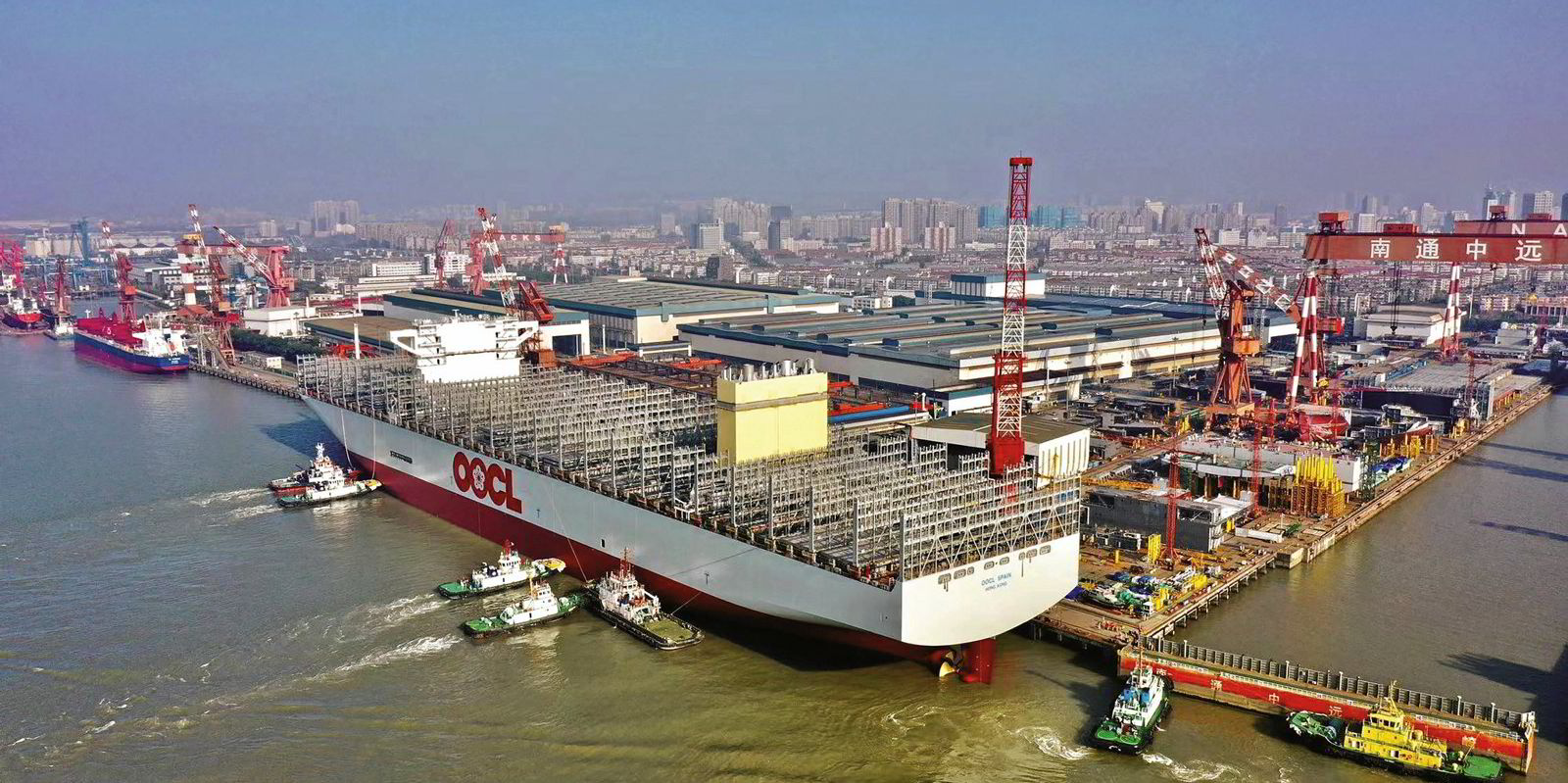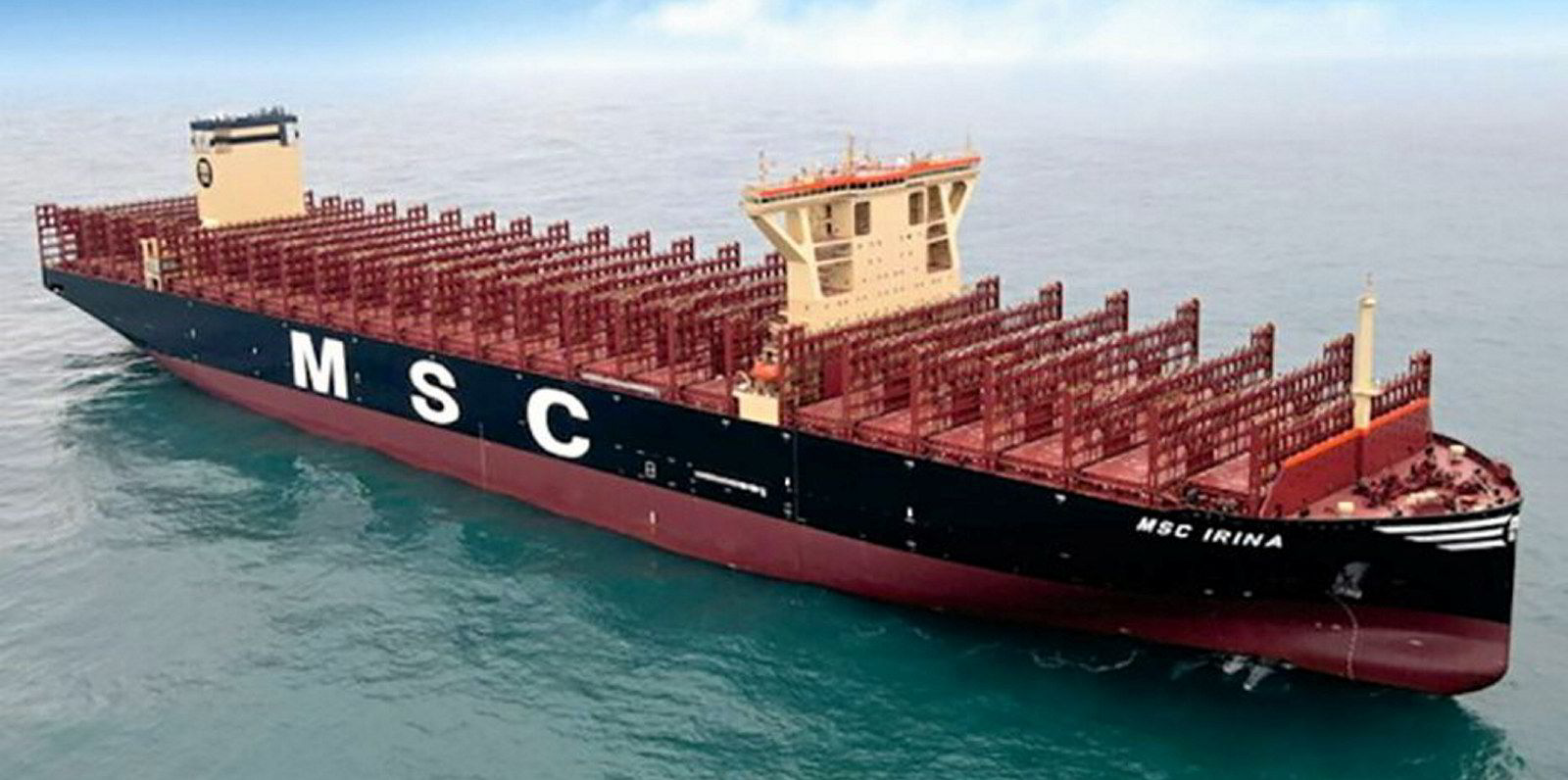Orient Overseas International (OOIL) is paying a huge dividend on the back of profits gleaned from the booming container market.
The Hong Kong-listed company logged a profit of $9.9bn in 2022, beating the previous record of $7.1bn set a year earlier.
Around 70% of that profit — or $6.97bn — is to be paid out in dividends.
The payout has been made possible by the stunning performance of its container shipping brand Orient Overseas Container Line (OOCL).
The company, owned by China’s Cosco Group, helped lift OOIL revenues to $19.82bn in 2022, up from $16.8bn in the previous year.
Going forward, however, the business outlook is “mixed”, the company said.
Freight rates had fallen to their pre-pandemic levels on many trade lanes, and load factors were often below optimal levels.
But there was unlikely to be any recovery before the second half of the year, due to the increasing number of ships being delivered, it said.
“In 2023 and 2024, further supply increase will be created through the delivery of new ships,” OOIL said.
“This could delay any improvement in the container shipping markets, even if the economic situation is more benign than anticipated.”
Intelligent growth
The company sees delivery of its own newbuilding portfolio as part of a “long-standing plan of measured and intelligent growth”.
The carrier took delivery this month of the 24,188-teu OOCL Spain (built 2023) and is scheduled to take delivery of a further 28 vessels over the next five years.
Seven will be dual-fuel methanol vessels.
OOIL expects the risk posed by the increased supply could be mitigated by increased scrapping and new environmental legislation.
But that would take time to be felt, “and as such will not provide much counterbalance until the second half of 2023 at the earliest”, it added.
In the meantime, shipping companies will look at expected levels of demand, “and recalibrate their services in line with the potentially reduced requirements of their own customer portfolio”, it noted.
There were also signs that the downward trend in freight rates may have started to stabilise, the company said.
Weekly movements in spot rates are no longer as dramatic as they were during much of the second half of 2022, and load factors on some routes show clear signs of improvement, it said.
But any recovery in the second half of 2023 would depend on a reduction of inventories in the US and an improving economic outlook, it added.
“There can, however, be no certainty about that outcome, given the extent of perfectly valid concerns about the future impact of inflation, interest rate rises and broader economic and geopolitical instability”, OOIL concluded.





